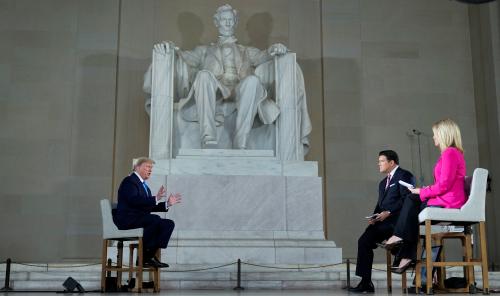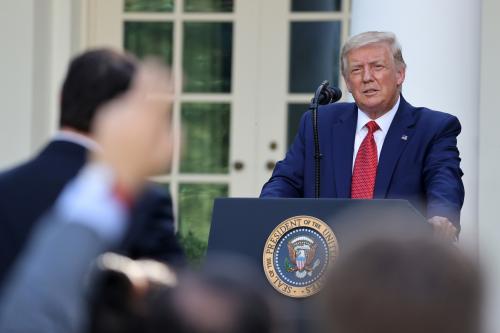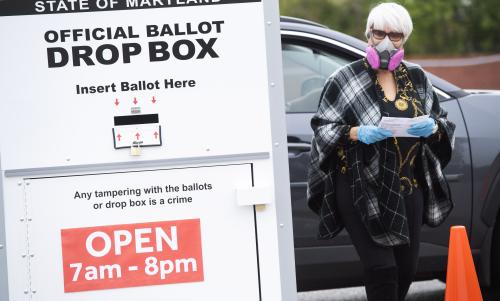A new Pew Research Center survey released this week provides the most compelling evidence yet that turnout this November will be massive and that states will be challenged to complete timely counts of a record number of mail-in ballots.
During the past two decades, Pew has used multiple indicators to gauge voters’ interest and intensity as the presidential election approaches. Here are some key findings:
Prior to the 2000 election between George W. Bush and Al Gore, just 50% of the voters thought that it really mattered who won, versus 44% who thought that things would be pretty much the same, whoever won. This year, a record 83%—including 85% of Democrats, 86% of Republicans—say that it really matters.
Although divergent reactions to President Trump are driving some of this intensity, clashes on the issues are playing a role as well. Prior to the 2000 election, 51% of the voters believed that the major party candidates were articulating differing positions on the issues, compared to 33% who saw them as taking similar positions. This year, 86% perceive the candidates as differing on the issues, while only 9% see similarities.
Not surprisingly, voters are much more likely than two decades ago to report that their interest in politics had risen since the previous presidential election. And rising interest has yielded increased engagement: this year, 78% of Democrats and 77% of Republicans say that they have thought “quite a lot” about the election, compared to just 44% of Democrats and 52% of Republicans in 2000.
What the data from 2020 tells us is that there is every reason to expect a record turnout in 2020. We got a preview in 2018 when the turnout in the midterm elections was the highest since 1914, even though Republicans were less mobilized than Democrats, a difference unlikely to be repeated this year. “I expect voter turnout to be exceptional, perhaps the highest in over a century, since 1908,” said Michael McDonald, who directs the U.S. Elections Project. “I sometimes refer to it as the ‘storm of the century’,” he added. Turnout in 1908 was 65.7%, compared to 54.2% in 2000 and 60.1% in 2016. If McDonald is correct and turnout reaches the 1908 level, votes cast in 2020 could total more than 145 million, up from 133 million in 2016.
In addition to massive turnout, Republicans and Democrats will be voting in very different ways. Overall, about 6 in 10 Americans expect to vote in person, and 4 in 10 by mail. But among Republicans, 8 to 10 say they will vote in person, compared to just 40% for Democrats. Unless mail-in ballots are counted far more quickly than they were during most primary elections this year, the returns on election night will be dominated by Republicans and will then shift toward Democrats over the next day or two.
This matter may not alter the results in deep red and deep blue states. But depending on the extent of the “blue shift” after election night, several swing states could move from President Trump’s column to Joe Biden’s.
Even in 2000, when perceived differences between the candidates were historically low, contested election results in just one state cast a pall over American politics for considerable time. This year, with the stakes in the outcome at a modern high, contested results could mean something much worse.
The Constitution gives states the leading role in administering elections. If they do not make adequate preparations for counting—promptly and accurately—what could turn out to be 60 million mail-in ballots, the ensuing controversy may well rock our democracy to its foundations. If the major news networks rush to judgment on election night, based only on what they know from in-person voters and then have to change their announcements once the mail ballots are counted, the conspiracy theories will abound and a cloud of suspicion will hang over the 2020 election.
With just 80 days to go until the election, the states have no time to waste.






Commentary
Election 2020: A once-in-a-century, massive turnout?
August 14, 2020